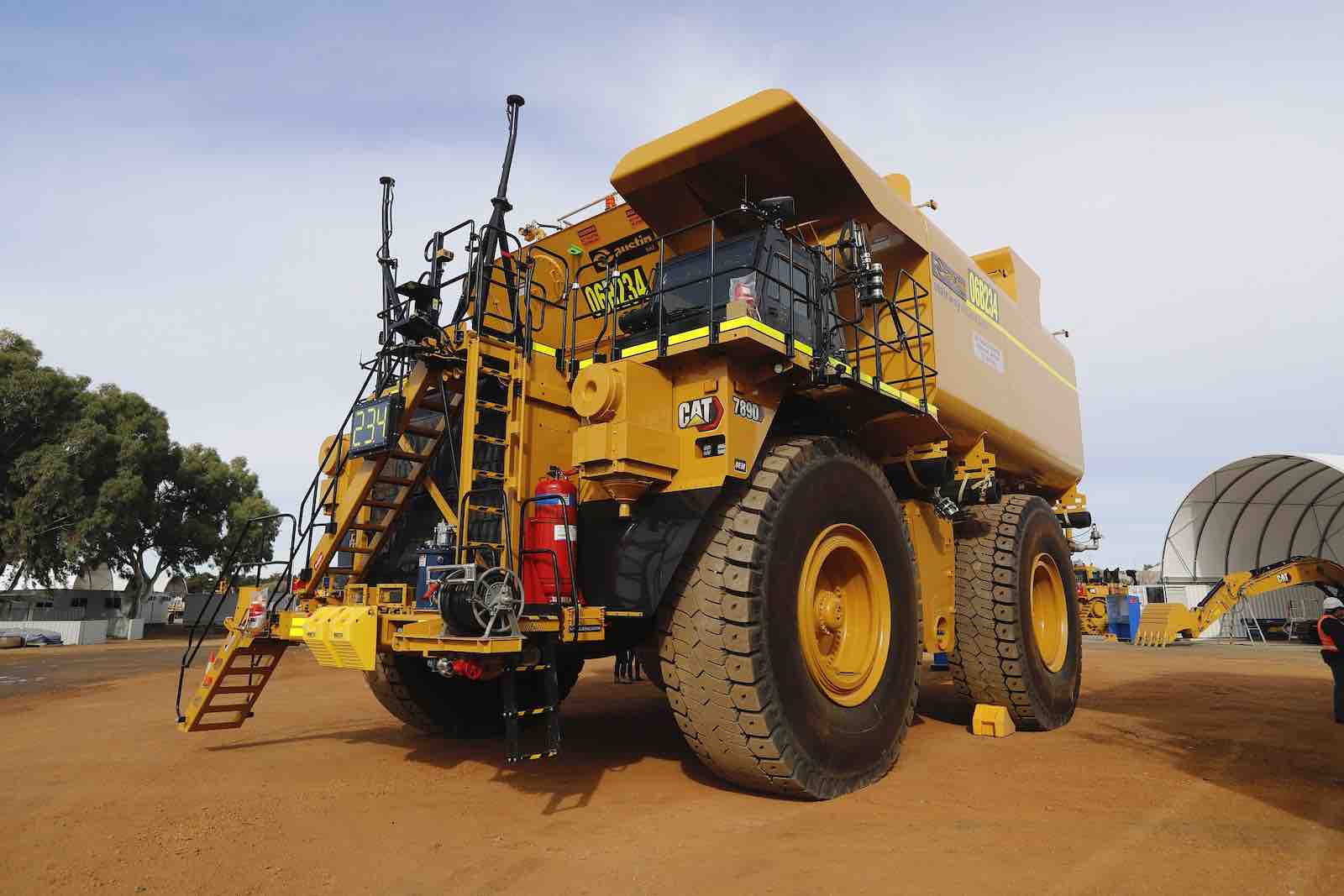
Autonomous mining technology comes in various degrees of mining automation. Autonomous mines use different autonomous mine technologies to realize the safety and productivity improvements in their operations. To achieve its intended outcomes, autonomous mining technology must be safe. Value addition occurs through autonomous mining equipment which supports sustainable autonomous mining companies’ operations. These degrees of autonomy include:
Technology in the mining industry is currently in a transition era between high automation and full automation in other words from Autonomy 1.0 to Autonomy 2.0. The key drivers have been the cost profile of manpower, employee turnover, infrastructure requirements, operating expenses, productivity and safety incidents. The transition has key enablers such as new technologies leveraged from other industries, machine learning, new personnel skills acquisition, conducive regulatory and political environment and standards-based interoperability and infrastructure.
Global Road Technology highlights 10 terms you must know in autonomous mining technology.
A mining truck follows a pre-defined journey from A to B, unconnected to other equipment. There are limited functions controlled by the system with the operator able to resume control for situations such as safety interventions.
For automation of core functions, the operator is required to intercede as needed or for complex functions for example in autonomous drills. The truck has situational awareness and can change its course, due to changes in conditions, to continue meeting its predetermined targets. The system is controlled by humans. For example, bulldozers complete autonomous missions with algorithms keeping track of the workspace and planning future dozer missions for optimal material movement.
Fixed and mobile equipment is connected and aware of the conditions and targets of each piece. Equipment and the system has decision-making autonomy for optimal system outcome. Humans oversee the operation and little to no intervention is required. All functions are automated and performance exceeds manual. Upload mine plan to equipment, execution of mine plan happens autonomously. This is full automation.
Autonomous operating zones are designated areas in which autonomous machines and equipment are authorized to operate in autonomous mode this is according to ISO 17757: 2017 (en). This area should be well defined and delimited to prevent unauthorized access. Access control is in place to prevent people from entering the AOZ and to prevent trucks from exiting the AOZ, whether in a controlled or uncontrolled manner.
Autonomous haulage systems or Autonomous mining trucks are driverless mine heavy vehicles that can sense the environment and navigate on the mine haul road surface without any human intervention. They can execute core functions and intervention is only required for complex functions. Autonomous haul trucks receive operational instruction sets and the position trajectories of other units and execute safely.
Interoperability refers to industry standardized data, technology and tools. It involves the connectivity between different original equipment manufacturers (OEMs). OEM A can run the fleet management, supervisory system for autonomy and field computer for situational awareness. OEM B can run OEM machine controllers and the OEM machine. Interoperability is required between the field computer of OEM A and the OEM machine controller of OEM B.
Some operational decisions are automatic, and the operator is provided feedback to improve the efficiency of task execution. FMS is a form of assistive automation. Mine layout and production requirements are loaded into the FMS. Loading tool, crusher demand, and truck location and status are generated. Access control systems are connected to the FMS to protect and prevent people from entering the AOZ.
The supervisory system is responsible for truck status and location, safety, weather, GNSS conditions and other communications are monitored. Navigation commands are issued to trucks for an optimized haulage system.
SMART dosing units are the key hardware component of GRT’s industry-leading dust suppression systems offering the most effective haul road management and dust control. These automated dosing units for GRT dust control systems. They capture powerful data to improve your water cart fleet management while cost-effectively eliminating dust. The operator oversees the operation and can take control of the dosing units. i.e., teleoperate it when needed.
A centralized ICT network design that provides high availability and resilience of high volumes of video data to deliver security, safety and operational outcomes. These centres are operated from cities away from the mine site and provide monitoring in real-time of the mining operations. These spaces incorporate AI technologies and work routines that allow integration and search for a global optimum through a digital model of the mine. Different workstations receive information from the cameras and sensors on the mine site that capture different mine processes.
Your feedback is important to us. If you enjoyed reading this Global Road Technology industry update and found it informative, please let us know by leaving a REVIEW.
Are environmental regulations, health and safety concerns or potential profit loss a concern right now?
Contact Us Now